Kitsap Environmental Coalition
Working to
Keep Kitsap GREEN
through education and advocacy
Highlights of the latest news and events from KEC. Find more news and events from KEC and the Kitsap community on the News/Events page.
Highlights of the latest news and events from KEC. Find more news and events from KEC and the Kitsap community on the News/Events page.

Kitsap Environmental Coalition
PO Box 52
Indianola, WA 98342
.....................................
Nonprofit 501(c)(3) organization
EIN # 83-1858726
Donations are 100% tax-deductible
Serving Kitsap County and the Kitsap Peninsula
Contact us by email :
info@kitsapenvironmentalcoalition.org
All Rights Reserved | Kitsap Environmental Coalition